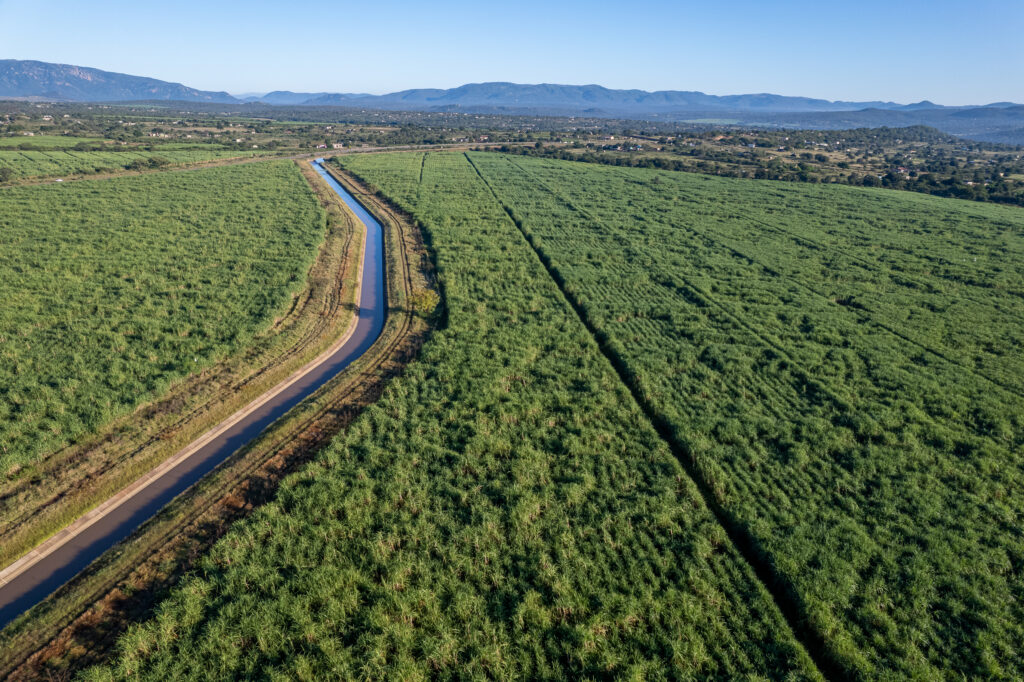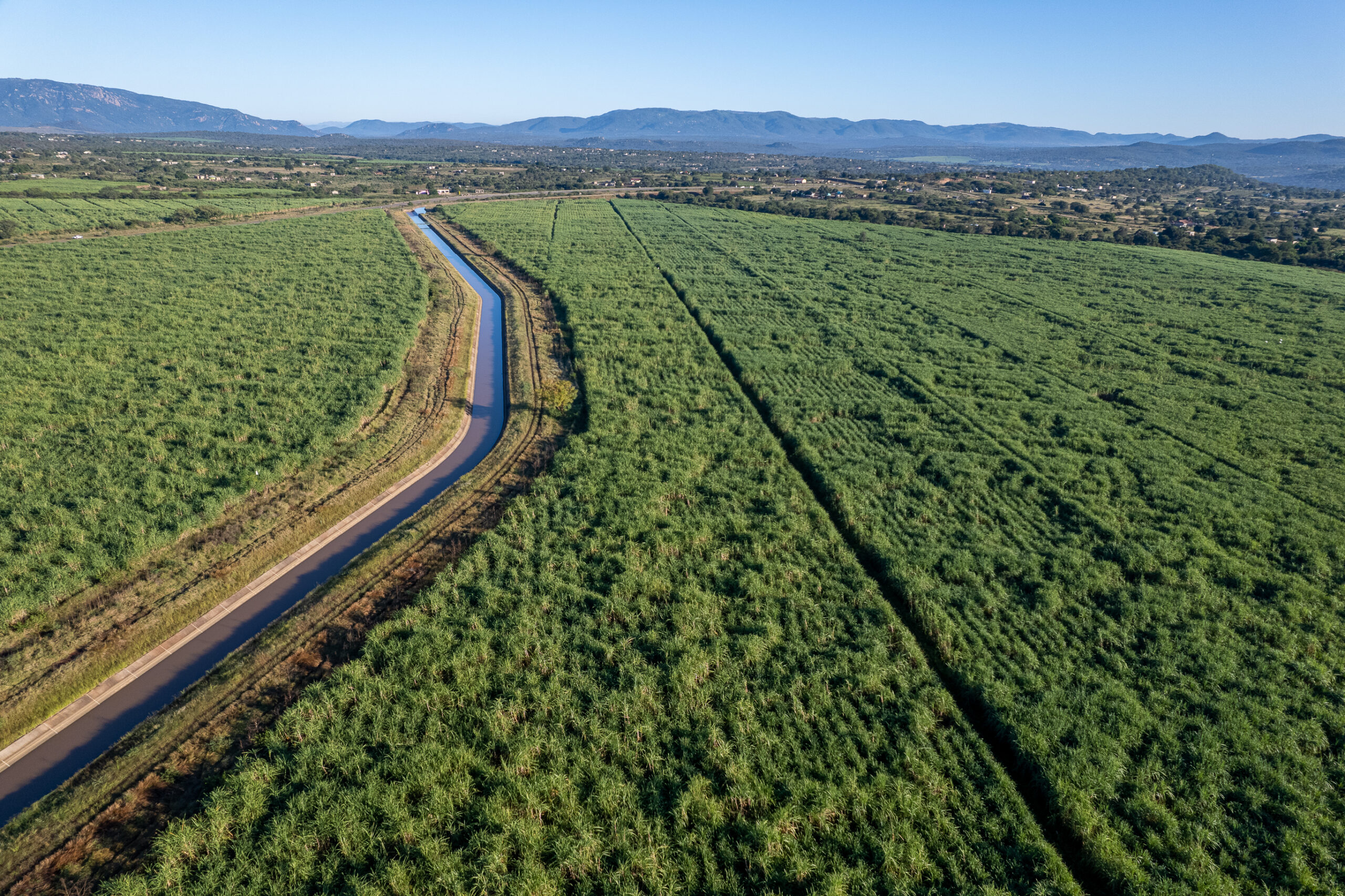
By Phephile Motau
The African Development Bank has given the progress of the LUSIP II Project rave reviews.
This is contained in the Implementation Progress and Results Report (IPR) compiled by the AfDB, where the progress was found to be very satisfactory. The project is funded by the Eswatini Government, the AfDB, the Arab Bank for Economic Development in Africa (BADEA), Kuwait, and European Investment Bank (IEB).
According to the AfDB, the goal of LUSIP II is to reduce poverty in the project area by transforming subsistence farmers into commercial farmers in the irrigated perimeters that produce both cash crops and cash crops (mainly sugar cane).
LUSIP II is a follow-up project to the LUSIP I which was approved on 27 November 2003 (and completed in 2010) as a response to the government’s recognition that the natural resources potential of the Lower Usuthu River Basin provided an excellent opportunity for effective integration of poor smallholder farmers on Swazi Nation Land into the commercial agriculture sub-sector.
The plan for the entire LUSIP is to divert part of the peak flow of the Usuthu River into a 155 million m³ capacity off-river storage reservoir to be used to irrigate 11 500 ha (in two phases) of downstream land to grow sugarcane. The overall objective of the LUSIP project is to increase household income, enhance food security and improve access to social and health infrastructure for the rural population by creating the conditions for the transformation of subsistence-level smallholder farmers into small-scale commercial farmers.
The second phase of the project has four main components which are the Main Conveyance System; Secondary System; On Farm Infrastructure Development (New Area) – LUSIP II; and Project Management and Engineering Supervision.
According to the project’s environmental study, the overall benefits of the project will include an increase in agricultural production, improved production infrastructure, environmental and natural resources conservation, and capacity building of beneficiaries in various aspects of agricultural production, environment, and natural resources management and entrepreneurship.
The project will contribute to poverty reduction in the project’s target region. Increased production is expected to lead to higher incomes for producers and improve their social and economic well-being. It will also contribute to raising agricultural productivity and growth in the agriculture sector, and significantly increase the food and nutritional security and incomes of the 2 259 (at least 50 per cent women) additional rural households. The project will transform about 5217 hectares of land from its present use of semi-subsistence level farming into diversified commercial cash and food cropping.
The AfDB also said 82.63 per cent of the funds had been disbursed to date and that project implementation was on track.






